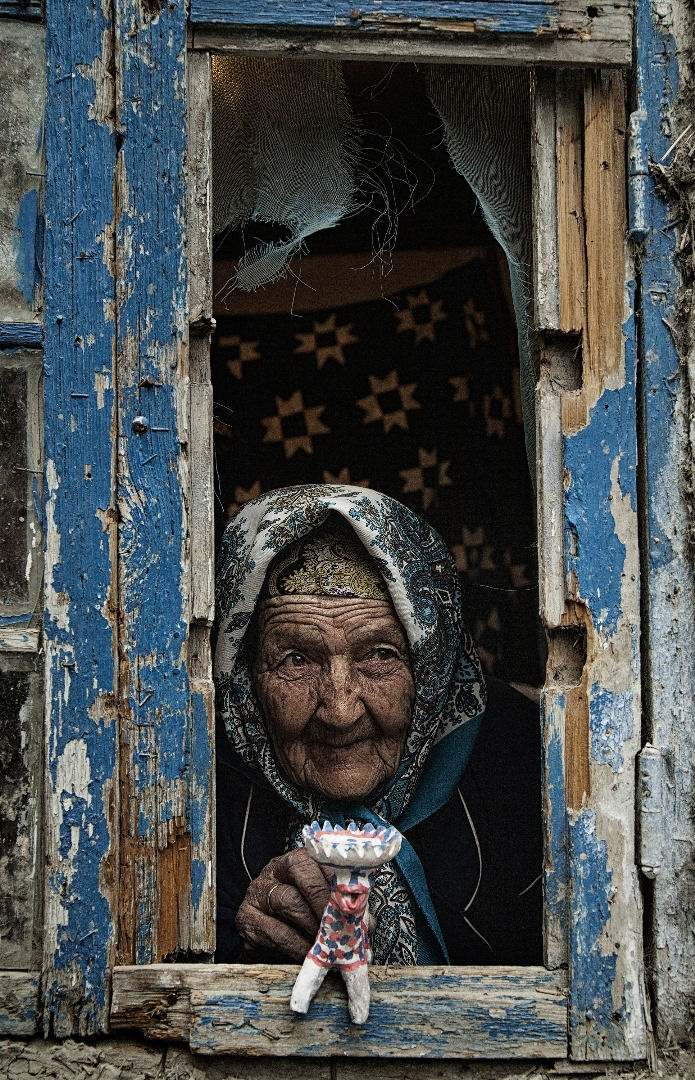A Meeting With Photographer Behzod Boltaev – Discovering the “Bukhara Photo Gallery”
- APPO

- May 20
- 3 min read
Updated: May 21

First encounter with Bukhara: dreams, cobbled streets, and photographs
The long train ride from Khiva brought me into a city straight out of an oriental dream. When I woke up early next morning in my hotel, Bukhara—the city of One Thousand and One Nights—unfolded its array of possibilities before me. I didn’t know it yet, but that day I would discover not only this age-old fable of a place, but also one of its most devoted guardians: the photographer Behzod Boltaev.

It’s a crisp, vibrant morning in Uzbekistan—one of those mornings that invites you to drift with your imagination, just as I used to do as a child when reading tales from the illustrated Arlo collection of Arabesque adventures. I eat a quick breakfast and head out for a walk. With each step, I find that imagination and reality are slowly merging. Walking along Baha-ud-Din Naqshband Street—named after the master who founded the Naqshbandiyya Sufi order and was believed to have had miraculous powers—I come across Lyab-i-Khauz Square, surrounded by madrasahs and sacred sites.
This isn’t the moment to follow itineraries, but rather to pause and absorb the energy that radiates from this nearly untouched ancient Sufi city. A thought crosses my mind: I feel like a Bukharan dervish whose city willed the pause of time, awaiting his return. With that sensation lingering, I sit on a narrow street to watch people pass by, when

suddenly I see a man on a bicycle—a Russian bicycle, most probably—dressed in dark clothes and wearing a black doppi. I wonder: What language does he speak? What does he know of his own history? What does he think of modernity, of foreigners? After all, despite having always considered myself rather worldly, I must admit Uzbekistan is a country I’m just beginning to explore. I started to reflect on why I knew so little about the place. It’s clear the Soviet era obscured much of its past, and in general, very little is known—so little, in fact, that one never associates it with folktales of One Thousand and One Nights.
Presently, I spot a large sign in the distance that reads “Bukhara Photo Gallery.” It was, in fact, one of the places I had marked on my itinerary, so I decided to follow the path. The sign listed the names of the four photographers who founded the gallery and whose works form part of the permanent exhibition, and it featured portraits of two Bukharan men in traditional dress, along with scenes from everyday local life. I didn’t hesitate for an instant: this would be the first stop on my visit. What better way to immerse myself in the local history and

traditions before starting my tour!
The gallery was housed in a 19th-century caravanserai—an architectural gem of striking sobriety. As I stepped in, I noticed at the far end a small, beautifully colored wooden door, intricately carved in a very traditional style that stood in contrast with the rest of the building. Next to it, a bicycle was parked. Another bicycle was already guiding the course of my thoughts on this morning journey of discovery, so everything pointed to the presence of someone or something remarkable inside.
The entrance was lined with delicately framed diplomas, bearing praise in French, English,

Russian, Uzbek, and perhaps other languages. Some bore the inscription “UNESCO.” Toward the back, an endless, traditional collection of photographs. It was clear this was a place not to be missed, a place where I could truly learn more about the culture and history of Bukhara.
That’s how my journey began. And as I continued along my itinerary, I realized that, much like the photos in the gallery, this was a city where time had stopped, despite the modern world around it.

Located in the very heart of the historic center, in a caravanserai called “Olimion” dating from the 19th century CE, and just steps away from the UNESCO-protected Khoja-Gaukushan complex (itself 16th century CE), the gallery is easy to find and readily accessible. For this reason, I decided it would become a permanent stop on future visits; this way, each return to this beautiful city would allow me to reflect more deeply on the experiences and impressions gathered during my strolls through its streets, temples, and bazaars.
Indeed, it was on a couple of those return visits that I had the chance to meet the great Bukharan photographers Behzod Boltaev and Nuriddin Juraev.
Today I’ll write about Behzod; in a future article, I’ll tell you about Nuriddin.



Comments